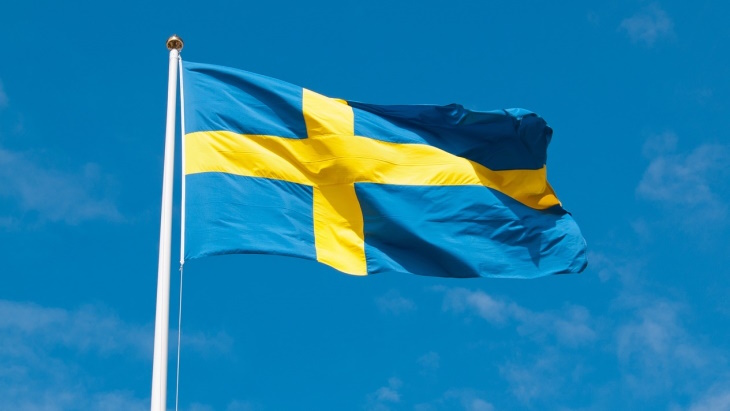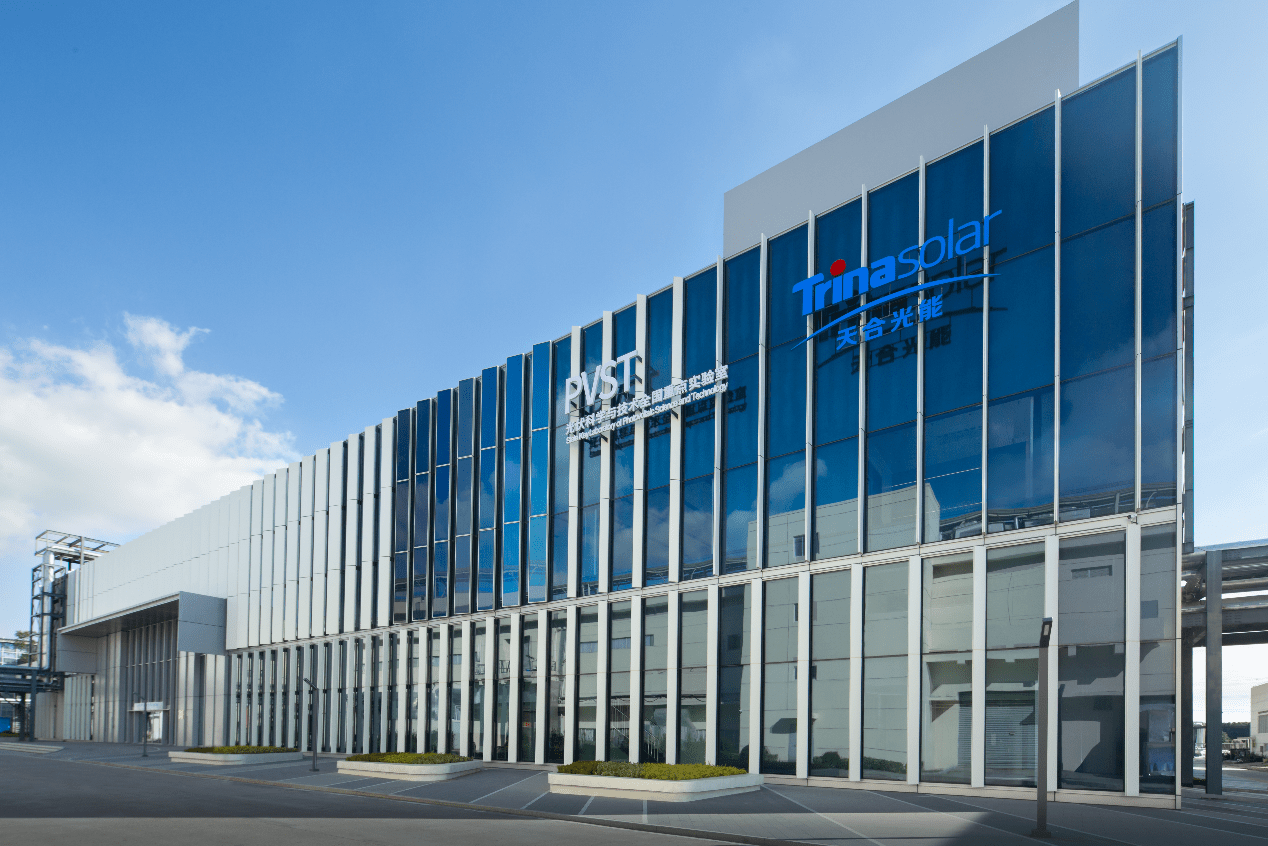
Monday, 23 December 2024
January
The start of the year was dominated by nuclear energy developments in the UK, with the then government , representing about 25% of the country’s projected electricity demand. There was also EDF’s announcement that the timeline and and the World Nuclear News podcast interview with Great British Nuclear’s Simon Bowen about the . The report about Beijing Betavolt New Energy Technology Company’s plan to was also keenly read.
February
The big news story to start the month was for the Czech new nuclear tender. Other well-read stories were Westinghouse signing an agreement with Community Nuclear Power Limited in northeast England, a being developed and the news that US fusion energy developer Type One Energy Group – its stellarator fusion prototype machine – at Tennessee Valley Authority’s Bull Run Fossil Plant.
March
The month’s most read included one of Bilbao y León’s key moments of the year – the attendance of 32 national leaders, and senior representatives, at the co-organised by the International Atomic Energy Agency and Belgium. It was, she says, “a big moment and fantastic” to have the heads of state saying “loudly and boldly how nuclear energy was a key piece of their energy mix … when governments speak multilateral development banks, the finance community and others need to listen, so I think that was a very important moment”.
Also well read in March were stories covering the start of at the 500 MWe Prototype Fast Breeder Reactor in India, and California-based Longview Fusion Energy Systems contracting Fluor Corporation to design what it hopes to be the world’s first There was also significant news from Barakah 4, but more of that in September’s entry.
April
New-build news dominated the charts with unit 2 of the Shin Hanul nuclear power plant in South Korea – the fourth Korean APR-1400 – , as did the in the USA. Staying in the US, to the Nuclear Regulatory Commission to build the Natrium reactor demonstration project, near a retiring coal facility at Kemmerer in Wyoming. In the UK, the Nuclear Industry Association applied to the UK government for a , the LFR-AS-200, while in Ukraine work got under way at unit 5 of the Khmelnitsky nuclear power plant on the .
May
The month began with the US Senate . The act, which was followed later in the year by Russia’s response, was one of the key geopolitical moments of the year, with Bilbao y León saying a lot of work was taking place “to create policies and industrial strategies that are going to ensure there is the fuel that is needed … if we are serious about tripling global nuclear capacity by 2050, clearly we need to make sure that we have in place a plan that is serious and realistic for how we are going to get this fuel that is going to help run all these new units”.
The other most-read stories during May included Poland’s Industria saying it had all the necessary ministerial opinions required to move on to the using Rolls-Royce SMR’s technology, the , and the announcement that the had been completed at the Rosatom-led project in Egypt.
June
Finland’s various plans for new nuclear became a feature of the news agenda during the middle part of the year, with Steady Energy announcing it reactor pilot plant in 2025. The US company Infinity Power was the latest to announce a breakthrough and Terrapower on its Natrium plant (see April). There was also the news that including its Arabelle steam turbines, and the US announcement of cooperation to support . And in fusion, there was the announcement of a revamped project plan for the International Thermonuclear Experimental Reactor which aims for “a scientifically and technically robust initial phase of operations, followed by full magnetic energy and plasma current operation”.
July
The big news story was for at least two new nuclear power units in the country. The other most read developments included to focus on existing and proven technologies, and its for which SMR technology to back. There was a lot of interest in reading/hearing from , on the achievement of completing the first new US nuclear power units in more than 30 years – and the lessons which can be shared. South Korea’s Mokpo National University , aiming to develop a global hub for SMR ship research and education, and there was the news that four years after it shut down,
August
With the Olympics in full swing in Paris, the gold medal for most-read World Nuclear News story in August goes to , the first non-light-water reactor to be permitted in the USA in more than 50 years. Also on the podium was the news that – Xuwei Phase I, Lufeng Phase I, Zhaoyuan Phase I, San’ao Phase II and Bailong Phase I – with a total of 11 reactors. Plus , Westinghouse and EDF to the Czech competition authorities about the tender process for the new nuclear units in the country and the plan for to conduct a regulatory assessment study to determine the safety and regulatory considerations for a potential nuclear-propelled container ship to undertake cargo operations at a port in Europe.
September
In a very newsy month, a group of 14 global financial institutions capacity by 2050. Bilbao y León picked this out as another of the key moments of 2024: “This is an audience we have been trying to inform and educate about the opportunities in nuclear and for these 14 major banks and financial institutions to boldly and loudly say ‘nuclear is something that we are considering and we support’ was a very big moment and is opening new channels – we are starting to have conversations with the World Bank. We are having discussions with them on what is it that would it take, what information do they need in order to reassess their lending policies that currently do not include nuclear. So this was a very big moment in 2024.”
The month also saw the announcement on the first day of . Also among the most read articles was the after assessing seven potential technology suppliers for its proposed small modular reactor programme. Rolls-Royce SMR also featured among the selection process as the final set of negotiations began. But the month also saw news from Constellation that made front page headlines and heralded a flurry of data centre-focused stories as it announced a , five years after it was shut down.
October
Taken together, the series of articles about and joining Microsoft in investing in nuclear energy to provide carbon-free and 24/7 energy for their data centres – including Deep Atomic launching its – dominated the month. As Bilbao y León said: “For decades there was a feeling that energy efficiency and demand-side management would make sure there was a more-or-less flat energy demand. But it’s been clear for the past year or two that that is no longer the case. We are going to see a huge increase in electricity demand … big tech or metallurgical companies and others that are really becoming very pragmatic – how to get the energy in a way that is really what they need – which is without carbon emissions and 24/7”.
The month also saw the by the European Industrial Alliance, and continued uncertainty in Niger led to SOMAÏR, the operator of the Arlit uranium mine in Niger, from the end of October. There had been due to be a referendum held on new nuclear in r amid political differences. There was more positive news in approved a final commitment for a USD98 million loan for pre-project services for the development of a first-of-a-kind NuScale small modular reactor in the country.
November
The most-read news in November was that the at Huaneng Group’s Shidaowan site in China’s Shandong province had been connected to the grid. The 1400 MWe pressurised water reactor design is intended to be deployed in large numbers across the country, as well as for export. The CAP1400 is an enlarged version of the CAP1000 PWR developed from the Westinghouse AP1000, with consulting input from the USA-based company. At COP29 in Azerbaijan six more countries signed the Net Zero Nuclear declaration backing the tripling of nuclear capacity by 2050 – El Salvador, Kazakhstan, Kenya, Kosovo, Nigeria and Turkey.
Bilbao y León picked this as another of the significant moments of the year, saying: “Expectations for some people had been low for COP29 but it was a very important event – nuclear has a key role to play and now the questions are not whether nuclear should be at COP, but pragmatic questions such as ‘how do we get nuclear into the mix’, ‘how much nuclear is needed?’ and ‘what type of nuclear?’. We were very happy to be able to announce the six additional countries signing the tripling nuclear declaration and we engaged a lot with the work on carbon markets, which maybe went a bit under the radar, but carbon markets are going to be very important to drive investment in the right projects with the right technologies to achieve decarbonisation”.
Other well-read developments were , the for key decisions on Sizewell C and the SMR selection process to spring 2025, and a key engineering, procurement and construction management contract signed for . Further chart-toppers were news about for its first-of-a-kind plant in Idaho in the US, and telling the World Nuclear News podcast what was next for the plant.
December
The big news on 21 December was that the long-delayed in Normandy in northern France has begun delivering electricity to the grid. Other news proving popular as we headed towards the end of 2024 included saying it was seeking proposals for as much as 4GW of nuclear capacity in the USA to “meet our AI innovation and sustainability objectives”, design for UK assessment, US-based engineering company Amentum and Norwegian consulting firm Multiconsult Norge AS appointed by Halden Kjernekraft AS to evaluate the potential for in southeast Norway, nuclear power plant project, Russia completing the preliminary design on a , and, finally, the for four of its nuclear plants.
Listen and subscribe on all major podcast platforms:
Episode credit: Presenter Alex Hunt. Co-produced and mixed by Pixelkisser Production













